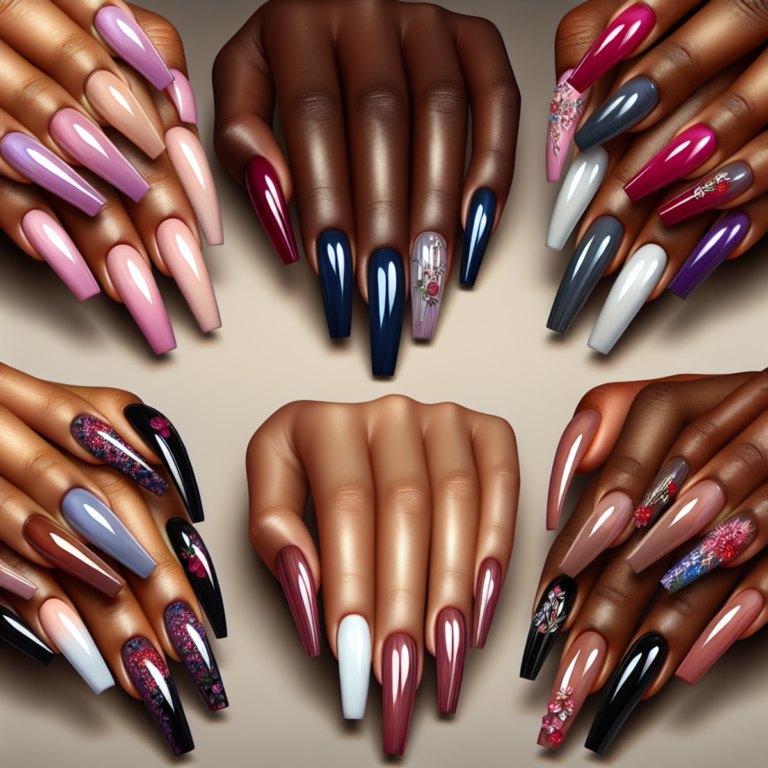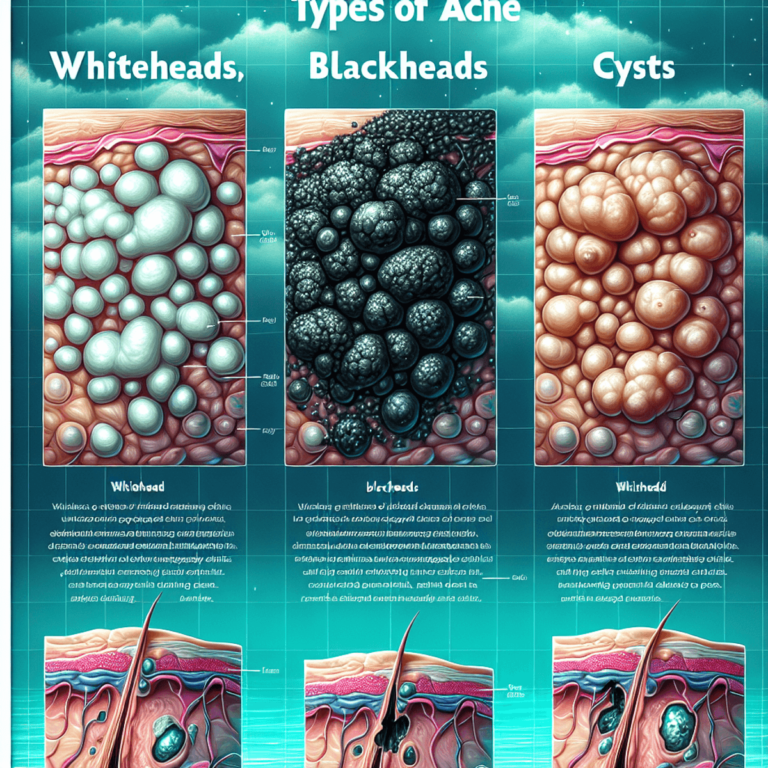Pimples on face

Introduction
Dealing with pimples on your face can feel like an endless battle. You’re not alone – millions of people struggle with this common skin condition that can impact both your appearance and confidence.
This comprehensive guide will help you understand:
- The different types of acne and how to identify them
- Root causes behind those stubborn breakouts
- Effective treatment options from over-the-counter solutions to prescription medications
- Science-backed home remedies that actually work
- Essential skincare routines to prevent future breakouts
Whether you’re dealing with occasional spots or persistent acne, you’ll discover practical solutions – from trusted face washes and mighty patches to targeted treatments for dark spots. We’ll explore both conventional treatments and natural alternatives, helping you build a personalized skincare strategy that works for your unique skin.
Ready to take control of your skin health? Let’s dive into everything you need to know about managing and treating facial pimples effectively.
Understanding Pimples: The Different Types and Their Symptoms
Identifying your specific type of acne is crucial for effective treatment. Each pimple variety presents unique characteristics and requires different approaches for management.
1. Whiteheads
- Small, white bumps caused by clogged pores
- Remain closed at the surface
- Commonly appear on chin and around nose
- Respond well to spot treatments like the COSRX patch
2. Blackheads
- Dark spots with open surfaces
- Occur when pores fill with oxidized sebum
- Most frequent on nose and forehead
- Can be treated with pore strips or chemical exfoliants
3. Papules
- Small, red, tender bumps
- No visible pus
- Sign of inflammatory acne
- Best addressed with Hero Mighty Patch or similar microdart pimple patches
4. Pustules
- Red bumps with white/yellowish centers
- Contain visible pus
- Often appear in clusters
- Mighty pimple patches help extract fluid safely
5. Nodules
- Large, painful bumps under skin
- Feel firm to touch
- Can last several weeks
- Require professional treatment
6. Cysts
- Deepest form of acne
- Soft, painful, fluid-filled
- High risk of scarring
- Need prescription medication
Common symptoms across all types include:
- Redness around affected areas
- Tenderness or pain
- Swelling
- Possible itching
- Heat in the affected area
The location of your breakouts can signal their cause:
- Spots on chin often indicate hormonal imbalances
- T-zone pimples typically relate to excess oil production
- Cheek acne might stem from external factors like phone contact
For post-inflammatory marks, specialized treatments like targeted creams can help fade discoloration and restore even skin tone. Your choice of treatment should align with your specific pimple type for optimal results.
What Causes Pimples on Your Face?
Your face has thousands of tiny oil glands that work to keep your skin naturally moisturized. When these glands produce excess oil (sebum), it creates the perfect environment for pimples to develop.
Several key factors contribute to facial pimple formation:
- Excess Oil Production: Your skin’s sebaceous glands can go into overdrive, producing more oil than necessary
- Bacterial Growth: P. acnes bacteria thrive in oily environments, leading to inflammation
- Dead Skin Cells: These can mix with oil and clog your pores
- Clogged Hair Follicles: When pores become blocked, bacteria multiply inside
Hormonal Triggers Behind Those Annoying Breakouts
Hormonal fluctuations play a significant role in facial acne development. These changes affect your skin’s oil production and can trigger breakouts in specific areas:
During Puberty:
- Increased androgen levels stimulate oil gland activity
- Breakouts commonly appear on the T-zone (forehead, nose, chin)
- Peak occurrence between ages 12-17 for girls and 14-19 for boys
Pregnancy-Related Changes:
- First trimester hormone surges can cause sudden breakouts
- Progesterone increases lead to extra oil production
- Common breakout areas include:
- Chin
- Jawline
- Cheeks
Monthly Cycle Impact:
- Pre-menstrual breakouts affect up to 63% of women
- Typically appear 7-10 days before menstruation
- Often concentrate around the lower face
Other Hormonal Factors:
- Polycystic Ovary Syndrome (PCOS)
- Thyroid imbalances
- Stress-induced hormonal changes
Your body‘s response to these hormonal shifts varies. Some people experience mild breakouts, while others face more severe acne that might require medical intervention.
Location-Specific Breakouts:
- Forehead: Often linked to digestive issues or hair products
- Cheeks: Can indicate respiratory system stress or phone bacteria
- Chin: Typically hormonal in nature
Lifestyle Factors That Could Be Worsening Your Acne
Your daily habits play a crucial role in the health of your skin. Stress triggers your body to produce excess cortisol, leading to increased oil production and inflammation. This combination creates the perfect environment for acne-causing bacteria to thrive, resulting in those frustrating breakouts.
Stress Management Tips for Clearer Skin:
- Practice deep breathing exercises
- Get 7-8 hours of quality sleep
- Exercise regularly to reduce cortisol levels
- Try meditation or mindfulness techniques
Your diet directly impacts your skin’s condition. High-glycemic foods spike blood sugar levels, triggering inflammation and excess oil production. Research suggests certain foods may contribute to acne development:
Foods That May Trigger Breakouts:
- Dairy products
- Processed sugars
- Refined carbohydrates
- Greasy, fried foods
Skin-Supporting Foods:
- Leafy greens
- Omega-3 rich fish
- Nuts and seeds
- Antioxidant-rich berries
Environmental factors also influence your skin’s health. Touching your face frequently transfers bacteria and oils from your hands, potentially clogging pores. Your phone screen, pillowcase, and makeup brushes harbor bacteria that can worsen existing acne.
Daily Habits to Break:
- Picking or popping pimples
- Skipping face washing after workouts
- Using unwashed makeup brushes
- Excessive touching of your face
Certain medications can trigger breakouts or make existing acne worse. Common culprits include corticosteroids, lithium, and some birth control methods. If you notice increased breakouts after starting new medication, consult your healthcare provider about potential alternatives.
Effective Treatment Options for Pimples on Your Face
Treating facial pimples requires a strategic approach based on your specific acne type and severity. Here’s a comprehensive guide to help you choose the right treatment path.
Over-the-Counter Solutions: What Works?
Benzoyl Peroxide Products
- Concentrations ranging from 2.5% to 10%
- Kills acne-causing bacteria
- Best for inflammatory acne and pustules
- Start with lower concentrations to minimize irritation
Salicylic Acid Treatments
- Available in 0.5% to 2% strengths
- Unclogs pores and reduces inflammation
- Ideal for blackheads and whiteheads
- Can be used daily as part of your skincare routine
Combination Treatments
- Products containing both active ingredients
- Target multiple acne causes simultaneously
- Particularly effective for moderate acne
- Often include soothing ingredients like aloe or niacinamide
Spot Treatments
- Higher concentration formulas
- Apply directly to individual pimples
- Contains drying ingredients like sulfur or zinc
- Best for occasional breakouts or blind pimples
Alpha Hydroxy Acids (AHAs)
- Glycolic acid and lactic acid products
- Exfoliate dead skin cells
- Reduce appearance of acne scars
- Help prevent future breakouts
Treatment Tips for Success
- Always patch test new products
- Apply treatments on clean, dry skin
- Be consistent with your chosen treatment
- Allow 4-6 weeks to see significant results
- Use sunscreen daily as treatments can increase sun sensitivity
Specialized Solutions
- Hydrocolloid patches for active pimples
- Tea tree oil products for natural treatment
- Clay masks for oily skin types
- Gentle exfoliating products for maintenance
Remember to choose products based on your skin type and acne severity. Oily skin types can handle stronger concentrations, while sensitive skin requires gentler formulations. If you experience persistent redness or irritation, reduce the frequency of application or switch to a milder product.
When to Seek Prescription Medications for Your Acne Struggles?
Your acne might require prescription medication if you experience:
- Persistent breakouts lasting several months
- Deep, painful cystic acne
- Severe inflammation and redness
- Acne that leaves scars
- No improvement after 3 months of over-the-counter treatments
Common Prescription Options:
- Topical Retinoids: Tretinoin, Adapalene, Tazarotene
- Oral Antibiotics: Doxycycline, Minocycline, Tetracycline
- Isotretinoin: Reserved for severe cases, requires regular blood tests, strict pregnancy prevention protocols
Hormonal Treatment Options for Women
Birth control pills containing estrogen and progesterone can help regulate hormonal acne. These medications work by:
- Reducing excess oil production
- Decreasing androgen levels
- Preventing hormonal fluctuations
Spironolactone, an anti-androgen medication, presents another option for women dealing with hormonal acne along the jawline and chin.
When to Schedule a Dermatologist Visit:
- Your acne causes emotional distress
- You develop post-inflammatory hyperpigmentation
- Over-the-counter treatments irritate your skin
- You notice acne scarring
- Your breakouts affect your daily life
Remember: prescription medications require consistent use and regular medical supervision. Your dermatologist will create a personalized treatment plan based on your specific acne type, severity, and medical history.
Home Remedies: Do They Really Help With Pimples?
Natural remedies have gained significant popularity as alternatives to conventional acne treatments. Scientific research supports the effectiveness of several home-based solutions for managing facial pimples.
1. Tea Tree Oil
Antimicrobial properties proven to reduce inflammation
- Use 5% diluted solution for best results
- Apply directly to affected areas using a cotton swab
- Caution: Can cause irritation in sensitive skin
2. Raw Honey
Natural antibacterial agent
- Creates protective barrier while healing
- Apply as a 10-15 minute mask
- Choose raw, unpasteurized varieties for maximum benefits
3. Aloe Vera
Reduces inflammation and redness
- Contains natural salicylic acid
- Apply fresh gel directly from plant
- Use twice daily for optimal results
4. Hydrocolloid Patches
Products like Rael Beauty Miracle Patch work by:
- Absorbing excess fluid
- Protecting pimples from external irritants
- Preventing picking and touching
- Speeding up healing process
5. Green Tea
Rich in antioxidants
- Reduces sebum production
- Use as a face wash or toner
- Apply cooled tea bags directly to inflamed areas
6. DIY Face Masks
Effective combinations include:
- Turmeric + yogurt
- Apple cider vinegar + clay
- Neem powder + water
Research indicates these natural treatments work best for mild to moderate acne. Severe cases might require additional medical intervention alongside home remedies.
Important considerations:
- Patch test new remedies
- Allow 4-6 weeks for visible results
- Maintain consistent application
- Stop use if irritation occurs
Natural treatments complement professional care when used correctly. A combination of gentle cleansers, like Mamaearth Tea Tree Face Wash, paired with targeted spot treatments creates an effective skincare routine.
Skincare Routine Tips To Prevent Future Breakouts
A consistent skincare routine acts as your first line of defense against future breakouts. This is especially true for those with oily skin, where the right regimen should align with your skin type and specific concerns.
Morning Routine Essentials:
- Start with a gentle, pH-balanced cleanser
- Apply alcohol-free toner to balance skin
- Use non-comedogenic moisturizer
- Finish with broad-spectrum SPF 30 or higher
Evening Routine Must-Haves:
- Double cleanse to remove makeup and impurities
- Apply active ingredients (retinol, niacinamide)
- Use spot treatments on active breakouts
- Lock in moisture with a lightweight night cream
Pimple Care And Self-Care Practices: Nurturing Both Your Skin And Mindset
Living with acne impacts more than just your skin – it affects your emotional well-being. Research shows 85% of people with acne experience decreased self-confidence and social anxiety.
Mental Health Impact of Acne:
- Reduced self-esteem
- Social withdrawal
- Performance anxiety at work or school
- Depression symptoms
- Body image issues
Building Resilience Through Self-Care:
- Mindful Skincare PracticesTrack your breakout triggers
- Take progress photos to document improvements
- Use gentle, patting motions when applying products
- Emotional Support StrategiesConnect with acne-positive communities online
- Share experiences with trusted friends
- Practice positive self-talk daily
- Professional Support OptionsConsult a dermatologist for personalized treatment
- Consider therapy for managing anxiety
- Join support groups focused on skin conditions
Practical Self-Esteem Boosters:
- Focus on your favorite features
- Experiment with makeup techniques that make you feel confident
- Wear clothes that boost your mood
- Practice gratitude journaling
- Set non-appearance related goals
Remember: your skin doesn’t define your worth. While working on clearing your skin, embrace activities and relationships that nurture your confidence. Stress management techniques like meditation, exercise, or creative hobbies can improve both your emotional state.
Also, consider incorporating certain supplements into your routine. For instance, pantothenic acid has shown promise in helping manage acne by regulating oil production and promoting healthier skin overall.
Conclusion: Embracing A Holistic Approach Towards Clearer Skin And Greater Confidence
Your journey to clear skin requires a multi-faceted strategy that goes beyond spot treatments like Rael Miracle Patch or Dr. Pimple Popper skincare products. A holistic approach integrates:
- Prevention First: Establish a consistent skincare routine that includes gentle cleansing, proper moisturizing, and sun protection
- Strategic Treatment: Combine proven solutions for specific concerns
- Dark spots: Use targeted treatments with ingredients like vitamin C or niacinamide
- Blackheads: Regular exfoliation with BHA products
- Active breakouts: Spot treatments with benzoyl peroxide or salicylic acid
Mental Wellness Practices:
- Practice positive self-talk during breakouts
- Document your skin progress with photos
- Set realistic expectations for healing timelines
Lifestyle Adjustments:
- Balance your diet with skin-supporting nutrients
- Stay hydrated throughout the day
- Maintain clean pillowcases and phone screens
- Get adequate sleep to support skin repair
Your skin transformation happens through small, consistent actions. Each step you take – from choosing the right products to managing stress levels – contributes to lasting results. This balanced approach creates a foundation for both clearer skin and improved self-confidence.
FAQs (Frequently Asked Questions)
What are the different types of pimples?
Pimples can manifest in various forms, including whiteheads, blackheads, papules, pustules, nodules, and cysts. Each type has distinct characteristics and symptoms that can help in identifying the specific condition.
What causes pimples on the face?
Pimples are primarily caused by excess oil production, clogged pores, and hormonal changes. Factors such as puberty, pregnancy, and hormonal fluctuations can also contribute to increased pimple formation.
How do lifestyle factors influence acne breakouts?
Lifestyle factors such as stress levels, dietary choices, and hygiene practices can exacerbate acne. For instance, high-stress situations may lead to increased oil production, while certain foods might trigger breakouts.
What are effective over-the-counter treatments for pimples?
Over-the-counter treatments like benzoyl peroxide and salicylic acid are recommended for targeting specific types of pimples. These ingredients help reduce inflammation and unclog pores to effectively treat acne.
When should I seek prescription medications for acne?
Prescription medications may be necessary for severe or persistent cases of acne. If over-the-counter treatments fail to show improvement or if you experience significant discomfort, consult a healthcare professional for stronger options.
Do home remedies really help with pimples?
Home remedies such as tea tree oil and honey are popular for treating facial acne. While some may have benefits based on scientific evidence, it’s essential to consider their effectiveness and potential side effects before relying solely on them.










